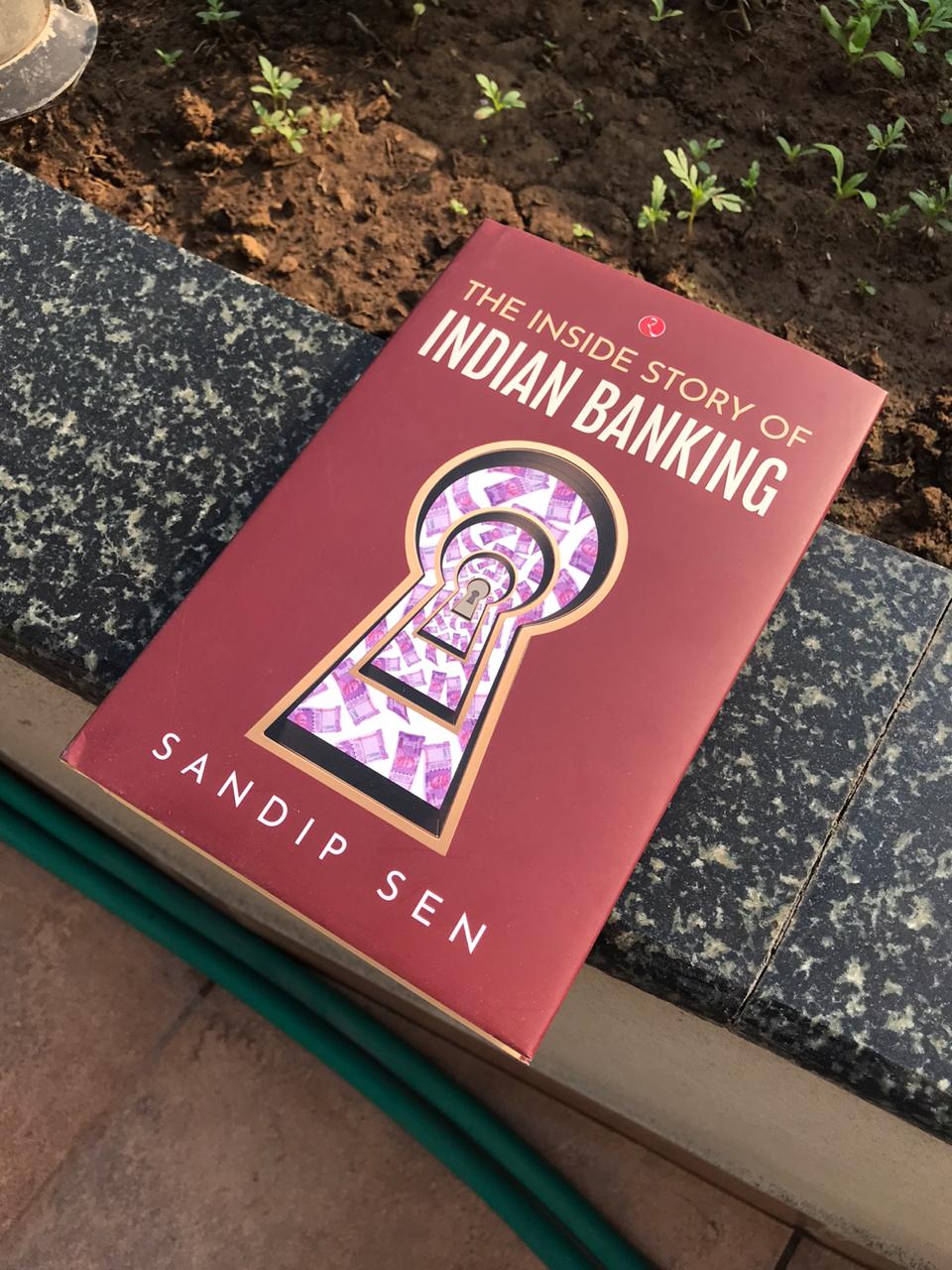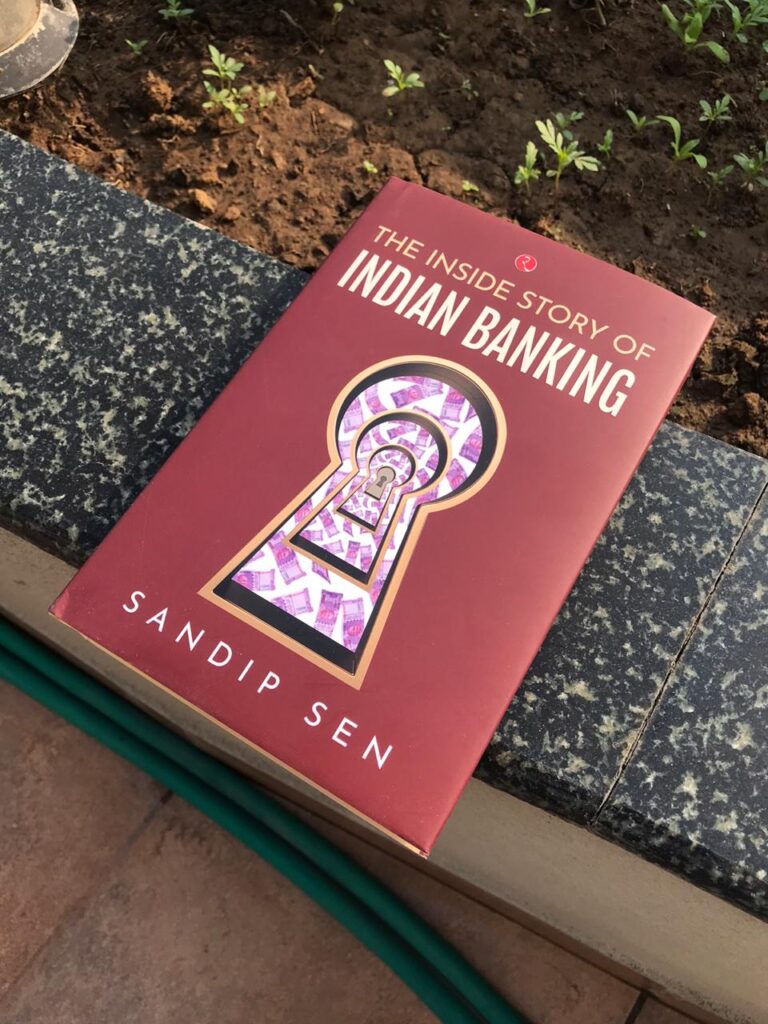Book Review Tribune Chandigarh 22 Nov 2020
Sandip Sen Unmasks the Banking Mess
https://www.tribuneindia.com/news/reviews/story/sandip-sen-unmasks-the-banking-mess-174073
The title of the book suggests that it is a dramatised expose of an industry in trouble. But as the author states, it is not a “potboiler” and he has chosen to go for “depth of content over stylising the narrative”. For this, he has used facts both in the public domain and also hitherto not known.
Sandip Sen, journalist and author who has worked in the energy and manufacturing industries, highlights the financial sector troubles — disruption of credit lines, pressure by banks on corporates to bring in more equity and vendors left unpaid — for the decline in growth in recent years, made worse by the coronavirus-induced slowdown from earlier this year.
The book has three sections, the more important being “The problem” and “The solution”. The earlier covers the politics of bank financing of the farm sector, failure of the infrastructure sector, high-growth retail banking and the NBFC shadow, evergreening by rolling over of NPAs, bank frauds and the nexus between bankers, babus and promoters.
At the apex sits the politician. He signals the babus, who make phone calls to bankers, which leads to promoters being obliged and the groundwork for defaults being laid. The Modi government understood this well and thus created the Banks Board Bureau under former CAG Vinod Rai to improve governance in public sector banks by improving the quality of the top management and acting as a buffer between the government and the banks. But nothing came of it; Rai left after completing his term, his many suggestions ignored.
The really useful part of the book is the latter section, which deals with the solution. In all, seven have been listed. First is to ensure that punishment follows after the crime has been detected. But what usually happens is that promoters about to default are able to leave the country before the law catches up with them.
Second, banks need to make far greater use of data and knowledge processing to keep abreast of technology changes which can overtake businesses to which loans have been made, rendering them non-viable. Plus, processing of data from multiple sources can red-flag businesses getting into trouble and enable bank managements to take pre-emptive action.
Third, banks need to redefine the role of branch managers. Different customer segments need managers with specialised knowledge to serve them. The author advocates a vertical organisational structure to match responsibilities with accountability.
The fact is that this has already taken place, beginning with State Bank of India which in the early Seventies reorganised its business into different customer segments. Branch managers have their loan sanctioning limits and loan proposals depending on size get referred up the organisational ladder to specialised groups.
Fourth, a key measure suggested by the author is to take a fresh look at consortium lending, under which a group of banks participates in sharing large-ticket loans processed primarily by the consortium leader. This enables banks to grow their asset books at minimum effort. Consortium members find comfort in numbers, taking the view that with the hard appraisal done by the leader and with other members sharing the load, surely things can’t go wrong.
The fact is they do, with rigorous monitoring of the end use of funds being nobody’s baby. Lax supervision makes it easy for borrowers to divert funds and engage in money laundering. Diverted funds are sent to tax havens from where they are round tripped back as promoter equity, Mauritius being a favourite offshore haven.

